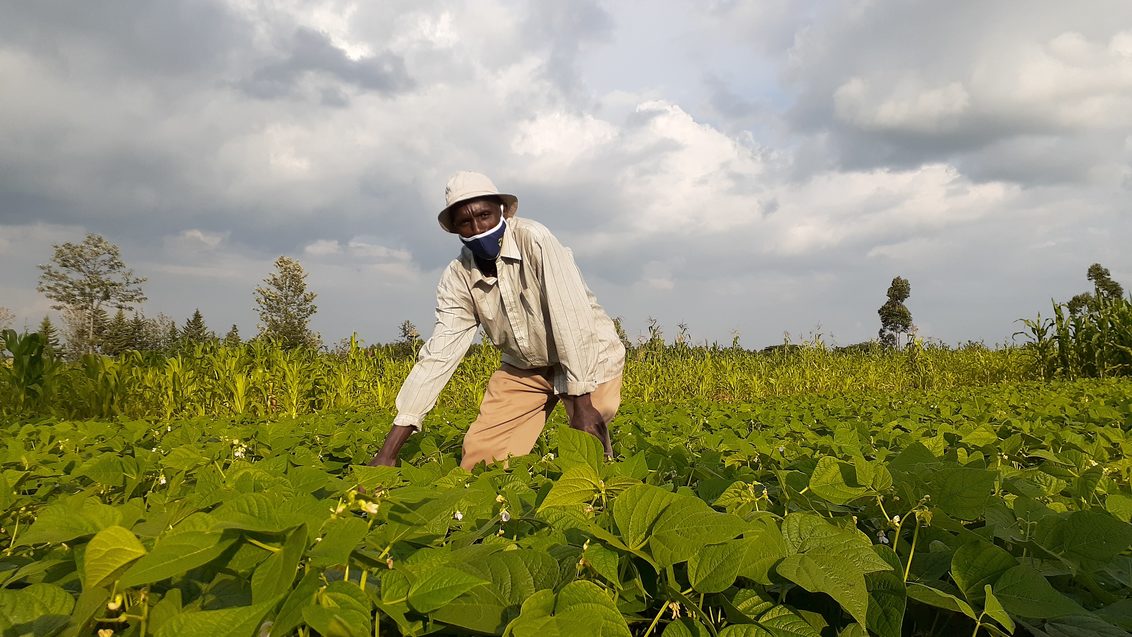Helping seeds to meet all their needs

How do smallholders get access to better seeds? The route to market for new varieties is long and challenging. Our Seeds2B team is drafting Guidelines to help organizations in developing countries commercialize seeds more efficiently. We asked Operational Excellence Lead Nathalie Vignaux to tell us more.
Syngenta Foundation: Why does your team put so much emphasis on seeds? Aren’t they just one contribution among many to better harvests?
Nathalie Vignaux: Yes, but seed is the cornerstone. Planting clean seed of an improved variety is the single largest contribution a farmer can make to raising productivity.
People have been marketing seeds for years. Why do they need your guidance?
There is a huge difference between industrialized and developing countries. Our Guidelines won’t be for Australia, Germany, or the USA. They’re designed to help organizations in developing countries.
What’s the issue there?
As we note in a flyer announcing our Guidelines: Despite masses of public sector investment in breeding, many smallholders in Africa and Asia still plant poor-quality seeds. They’re also still using the same varieties as their parents and grandparents. Lack of good seeds of improved varieties prevents smallholders from raising their yields and improving their livelihoods. It also limits their ability to adapt to climate change.
What prompted you to start this document?
My colleagues and I know that for many organizations in developing countries, commercializing new varieties is a very challenging prospect. People in the sector want to learn about best practices – for example on how to satisfy customer needs and create a sustainable value chain.
So you’ll essentially be issuing your Top Ten Tips?
That wouldn’t do justice to the topic at all. Even under ideal conditions, getting a new variety to market can take years. There are lots of different stages along the way. So the Guidelines are an ambitious project. We started in March 2020 and expect to publish the last section at the end of 2023. There will also be a need for updates, drawing on evolving practice in the sector.
Who will be the main beneficiaries?
Really any organizations that want to commercialize seeds successfully. We expect them to include national agricultural research systems (NARS) and CGIAR centers, for example. We intend the document to be usable in any country finding it hard to establish a profitable seed sector. Partners who have already heard about our plans are delighted.
What happens next?
We’re currently tying up the sections for which there is the most urgent need. The next step will be to validate these externally. When we’ve built in the feedback, we’ll start making the document available online. We’ll announce that here and via other channels.
